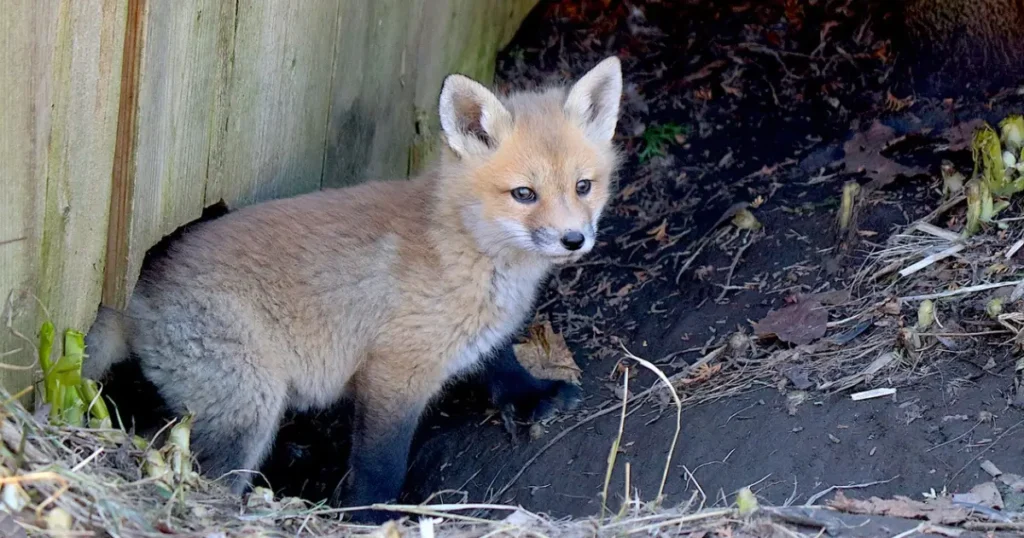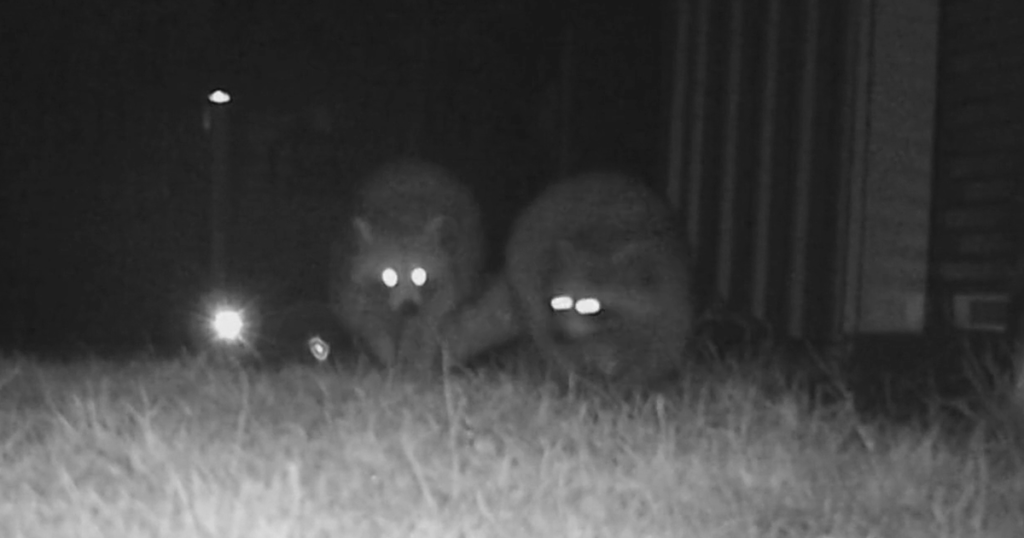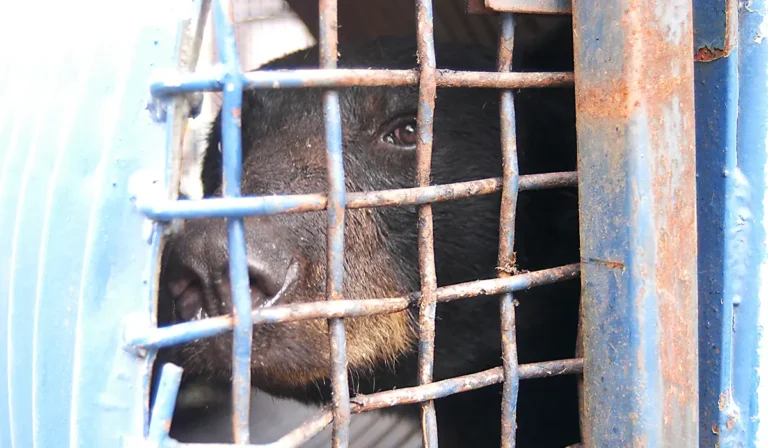
Photo by merrilyanne / Getty Images
As long as humans have sheds and decks, we’re likely to occasionally find wildlife burrowing under them for a safe place. While this can be a frustrating or alarming situation, it doesn’t have to feel that way – particularly when you understand why the animals are there, how to encourage them to move on, and how simple prevention can be!
Who’s Visiting?
Life under a shed is kind of great for a lot of wildlife who call your area home. It’s dark, often cool, and protected from predators. Why wouldn’t someone want to set up shop? Fortunately, a lot of wildlife will use these as temporary shelters during baby season or if they’re being forced out of their existing homes by development or extreme weather (like wildfires). Simply being patient – and monitoring from a distance – can see the issue resolve itself.
The first step in managing wildlife underneath decks or sheds is to correctly identify who is using the space for a nest. We recommend trail cameras (or outdoor security cameras) placed at a safe distance from entry holes. Monitoring the results for a few days could be surprising or show that the animal who visited the site once hasn’t stayed. Once you know who’s visiting, how long they’ve been there, and if they have any babies or young, you can easily take steps to encourage them along or safely block access to the location.
Moving Along
If there are no young present and after several days it doesn’t appear the animal is planning on leaving the site, there are some simple techniques you can use that help. Please note that these are meant to be non-invasive and you should never harm the animal. If you require professional assistance, we recommend hiring a humane wildlife removal operator. British Columbians can check the AnimalKind.ca website for certified humane removal operators; we recommend contacting local SPCAs or wildlife rehabilitators for recommendations elsewhere.
- Transistor Radio. A small, outdoor radio playing an AM station placed near the entryway can act as a low impact deterrent.
- Smelly Container. Put an unwanted rag into a sealable container with a bit of cider vinegar (or ammonia, though this is being recommended less often as it can be harmful to people, pets, wildlife and the environment), and create small holes that will allow the smell (but not the liquid) to escape. Keep this near the entryway and monitor regularly.
- Motion-activated Lights or Sprinklers. A single overhead light may not deter urban animals but flashing patterns or “predator eyes” style lights can be very effective, as can a sprinkler that activates when an animal passes it.
- Landscaping. Clear away any tall grasses, shrubs, or plants that provide cover around the entryway.

Staying Out
Once you’re certain the space under your deck or shed is clear of wildlife, it’s time to take steps to ensure they can’t get back in. Not all of these tips apply to all situations, and a combination of options may be necessary.
- Cover holes with rock or gravel fill and surround the shed with it. This type of fill is uncomfortable for animals to dig through (compared to bare soil) and will slow down attempts to burrow. Bonus: it helps keep weeds back!
- Skirt the shed. You can buy pre-fabricated skirts at landscape or hardware supply stores or make your own. Skirts are buried around an area that you want to protect from burrowing, and can be made from types of metal, wood, or vinyl. You can even get some styles that will make your shed look nicer! Alternatively, you can use hardware cloth (not chicken wire) to achieve a similar result.
- Seal gaps. Mice can access a space the size of a dime – using your preferred weather-resistant material, fill in gaps to prevent access.
- Keep your shed in ship-shape. Inspecting your shed, deck, or other structures on your property for maintenance issues and addressing anything promptly is essential.
Remove attractants. If you have compost, unsecure garbage, pet food, or other food stuffs around your shed, you’re more likely to see wildlife visiting and looking for hideaways nearby. Removing attractants and doing a seasonal check of your home can prevent many issues from arising.
NOTE: Trapping and relocating, poisoning, and other lethal methods are not humane and do not resolve underlying issues that may have led to wildlife seeking shelter on your property. Many of these tools, while available to the public, carry significant fines for misuse under wildlife and environmental legislation federally, provincially, and at the local level.
Everywhere in Canada that humans live, wildlife live. It’s up to us to make sure we can coexist and thrive together. Learn more about coexisting with wildlife by clicking here.
